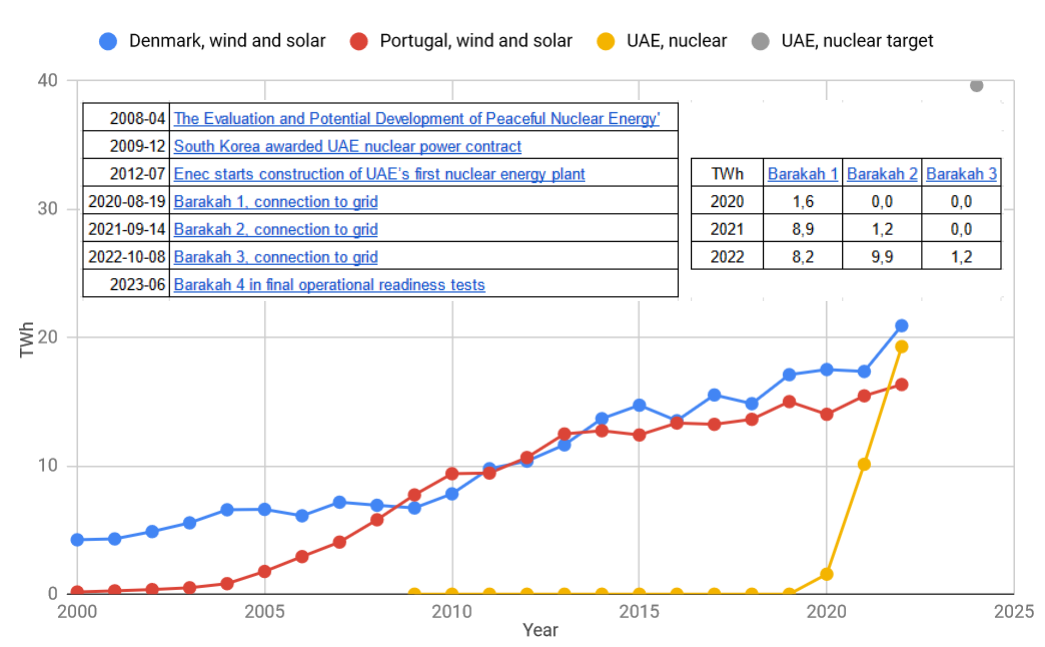UK-based Rolls-Royce SMR and Czech state power company ČEZ Group have announced they will join forces in a bid to deploy Rolls-Royce SMR’s small modular reactor (SMR) technology.
ČEZ, which owns and operates the Czech Republic’s six commercial nuclear plants, will make an equity investment into Rolls-Royce SMR as part of a partnership to deploy up to 3,000 MW of electricity in the Czech Republic using Rolls-Royce SMR power plants, which have a capacity of 470 MW.
Reports said that under the agreement, ČEZ will acquire a 20% share in Rolls-Royce SMR for which it will pay several billion Czech crowns (hundreds of millions of dollars).
ČEZ plans to build the first small modular reactor at the existing Temelín nuclear power station site in the first half of the 2030s.
The agreement strengthens Rolls-Royce SMR’s ability to deploy SMR technology in Europe and globally, and puts ČEZ, Rolls-Royce SMR at the forefront of SMR deployment, a statement said.
“These efforts further support the UK and Europe to reach their ambitious net zero goals and contribute solutions to address the challenges of climate change,” the statement added.
Tufan Erginbilgic, chief executive of Rolls-Royce SMR parent company Rolls-Royce, said the partnership represented a significant opportunity to deploy the company‘s SMR technology in the Czech Republic.
“We have a shared vision and ČEZ further strengthens our ability to build stable, secure, low-carbon power – delivering on our promise as a leading SMR business.”
Daniel Benes, chief executive officer of ČEZ Group, said the Czech Republic hosts some of the world’s leading nuclear supply chain companies and the collaboration in the deployment of Rolls-Royce SMR units offers “a unique opportunity for growth and prosperity to the nuclear sector”.
The Czech Republic’s trade and industry minister Lukas Vlcek told state broadcaster Radio Prague International recently that Prague was planning to take part in Rolls-Royce SMR’s reactor programme with a decision on “significant” investment to be made in several weeks.
Vlcek said in an interview that being involved in the SMR sector presents “a huge window of opportunity” and “we are in a situation where we have a very broad window of opportunity, not only in nuclear energy but also in other sectors such as chip and semiconductor technologies”.
Last month Czech prime minister Petr Fiala said ČEZ would establish a partnership with Rolls-Royce SMR for the development of SMRs.
Fiala said Prague is not interested in only building new SMR plants, but wants to participate in their production on a global scale.
ČEZ has chosen South Korean state-owned group Korea Hydro & Nuclear Power as the preferred bidder for the construction of two large-scale reactors at the Dukovany nuclear site.
The Czech Republic’s six commercially operational reactor units are four Russia-designed VVER-440 units at Dukovany and two larger VVER-1000 units at Temelín.
According to the International Atomic Energy Agency, in 2023 the six units provided 40% of the country’s electricity production.

"Senior staff failed to disclose the hack to the ONR for several years and more generally sought to “cover up” the poor state of cyber security, the Guardian said."
If this turns out to be true, this senior staff should be fired and tried in court. Transparency is so vitally important, yet apparently can't be expected from a former military site... Unacceptable.